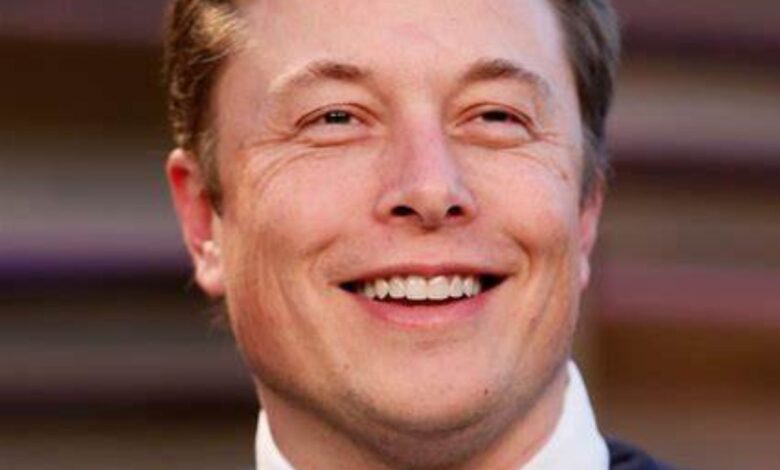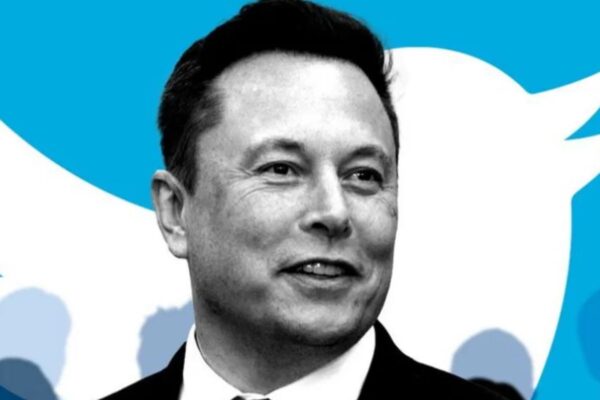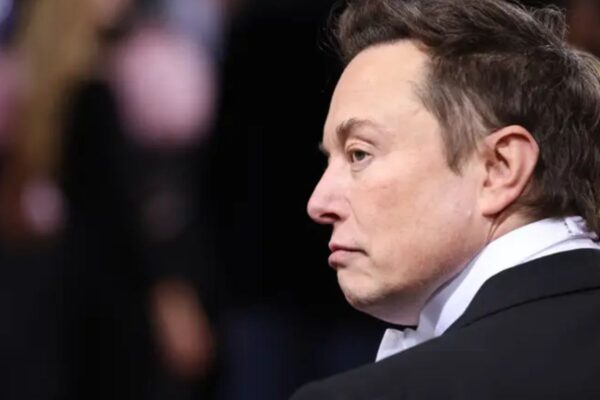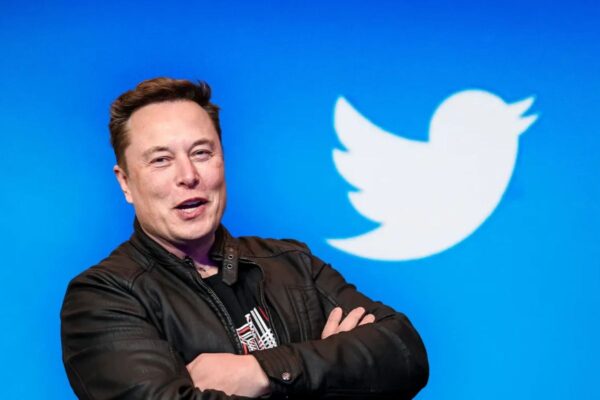Elon Musk’s first month at Twitter was described by dismissals, threat and an extended argument over blue check marks 2022

Elon Musk’s first month at Twitter was described by dismissals, threats, and an extended argument over blue check marks.
When the world’s richest man took over Twitter on Sunday, it would have been exactly one month ago. At that moment, Elon Musk began a wave of mass layoffs and gave the surviving workers an enigmatic ultimatum.
A plan to charge for Twitter’s famous blue checkmarks was launched and later abandoned. He reinstated the accounts of controversial figures, like former president Donald Trump.
Following months of unsuccessful court actions to withdraw his initial effort to buy Twitter, Musk made his first notable appearance in the company’s offices on October 26 while toting a sink. The billionaire has since given the impression of exerting every effort in his busy first month as “Chief Twit.”
Here are a few examples of how Musk has already had an impact on one of the biggest social media networks in the world, all the while holding down the CEO position at his other companies, Tesla and SpaceX.

About half of Twitter’s staff were fired after Musk dismissed the C-suite.
After completing his drama-filled $44 billion deal to acquire Twitter, Musk fired former CEO Parag Agrawal and other employees almost immediately. He subsequently named himself the platform’s CEO and sole director, according to a securities filing.
But that was just the beginning of what was to come; the drastic workforce restructure that followed was. Within a few days, Musk began a massive round of corporate layoffs that resulted in a 50% reduction in the company’s overall headcount.
On Nov. 3 and into Nov. 4, several now-former Twitter employees began commenting on the platform that they had been locked out of their work email accounts as the job layoffs began to unfold in a very dramatic, public way.
Public policy, search, marketing and communication, and ethical AI were among the divisions impacted by the reductions in staff. As workers said goodbye to their coworkers online, Musk remained largely silent, at least regarding the job cuts.
An extra dramatic move by the new CEO resulted in the public firing of a software employee who had survived the initial round of layoffs but had since questioned Musk on Twitter.
The remaining employees are given a choice: work “extremely hard” or leave, according to Elon Musk.

In a late-night internal email following the important staff reductions, Musk commanded Twitter’s remaining employees to commit to “very rigorous” work or risk leaving the company with severance pay.
Musk wrote in the memo released on November 16 that to succeed in an environment where competition is escalating, they will need to work quite hard in the future. It will take many long, arduous hours of work to do this. Only quite exceptional performances will be approved.
Following that, Musk gives the team a deadline before describing how Twitter will be “much more engineering-driven.” When asked if they are certain they want to use the new Twitter, the message encourages employees to click “yes” on what seems to be an online form.
The three months’ worth of severance pay will be given to any employee who has not done so by Thursday at 5 p.m. ET, according to Musk.
Musk bemoans a “huge drop in revenue” when advertisers stop.
In addition to the labour exodus, a massive exodus of advertisers was planned.
Several businesses, including General Mills, the North Face, and the Volkswagen Group, have owned a suspension of social media advertising since Musk took control of the company in response to increased concerns from civil society institutions about the direction the business is taking under Musk.
About a week after taking over, Musk claimed that the company had seen a “huge reduction in income.” In a tweet on November 4, he claimed that activist groups pressuring advertisers had led to a “huge reduction in revenue” for Twitter, “despite the reality that content moderation has stayed the same and we did everything we could to appease the activists.” A mess! They’re trying to make free speech illegal in the US.
Blue check marks become the subject of an ongoing argument.

Another aspect of Twitter that Musk quickly changed was the verified blue checkmarks that had previously been used to confirm the legitimacy of public individuals including journalists, government officials, and other public figures.
Twitter’s current lords & peasants system for determining who has or does not have a blue checkmark is bullsh*t, according to Musk’s tweet from November 1. ” Charge the populace! Blue, for $8 each month.
Unsurprisingly, Twitter updated its iOS app on November 5 and gave users the choice to subscribe for a monthly fee in exchange for a blue checkmark on their profiles.
Users would now have to pay $7.99 per month for the company’s Twitter Blue subscription to get a checkmark on the platform, “just like the celebrities, businesses, and politicians you already follow,” according to the update’s description at the time, which was published on Apple’s App Store.
After the subscription service went live, a flurry of business and celebrity impersonators flooded Twitter, quickly abusing the new platform to pretend to be well-known brands and figures.
It was a mess. In one widely reported incident, a fake account pretending to be the pharmaceutical behemoth Eli Lilly tweeted that a crucial diabetes drug would now be free. A newly acquired blue check mark appeared on the account.
The subscription service’s launch has been delayed until the end of the month, according to Musk, who eventually declared after the commotion.
On November 15, Musk posted a tweet that read, “Punting relaunch of Blue Verified to November 29th to ensure that it is rock solid.” On November 24, Musk provided additional details about the upcoming service, including a range of checkmark colours to indicate the type of verified account, and offered a slightly different target date for the relaunch: Dec. 2.
Donald Trump’s account is among those that Twitter unblocks before restoring them.
After the Capitol attack on January 6, 2021, which led to a permanent ban on the former president’s Twitter account, Musk finally allowed it to be used once more on November 19.
The action was taken soon after Twitter restored or unbanned the accounts of several other controversial users, including comedian Kathy Griffin, the right-wing satirical website Babylon Bee, conservative Canadian podcaster Jordan Peterson, and Congresswoman Marjorie Taylor Greene.
Musk polled Twitter users to determine whether or not Trump’s account should be reinstated before its reactivation. 51.8% of respondents, a slim majority, gave their yes votes.
Despite previously declaring that he would stick with his platform, Truth Social, rather than return to Twitter, Trump hasn’t tweeted since his account was reinstated.
But given that Trump has declared he will seek the Republican presidential nomination in 2024, a course change could have significant political repercussions.
Musk goes on by “amnestying” the majority of previously barred accounts.
Musk declared on November 24 that, following the conclusion of yet another Twitter vote, he would begin restoring the majority of previously banned accounts on Twitter the following week. This is his latest and most ambitious attempt to change the social media platform’s practice of permanently suspending users who repeatedly violate its rules.
When asked whether they would grant “wide amnesty to suspended accounts, provided they have not broken the law or engaged in flagrant spam,” the majority of respondents to his poll who had the option to do so decided in favour of doing so, and the statement was released on Thanksgiving Day as a result.
Musk stated that “the people have spoken” once more in a tweet. He recently decided to reinstate accounts that had previously been banned, which is noticeably different from how Musk had previously stated he would handle such decisions. This decision was made by the results of his platform polls.
A day after seizing control of Twitter, Musk declared that the social media platform “would be organizing a content moderation council with broadly diverse opinions.” There “won’t be any significant content changes or account reinstatements” before that council meeting, Musk added.
Whether such a council ever existed, was ever convened, or took part in the decisions made regarding the reinstatement of Trump and the accounts that had previously been blacklisted is currently unknown.
Edited by Prakriti Arora




